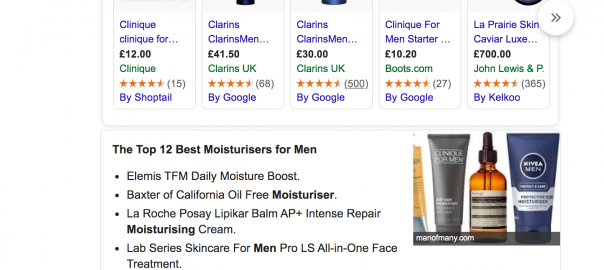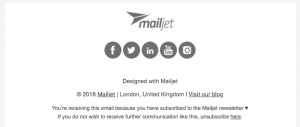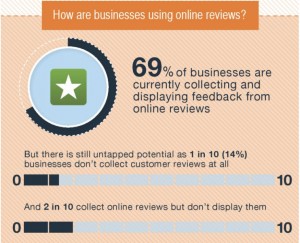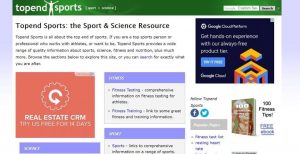SEO or PPC? This argument never gets old in the marketing world. Quick, easy-to-attribute wins are often the assumption with paid search campaigns (although not always the case). Organic SEO offers equally great returns in the long run, often bigger in scale and much more permanent in nature.
Yet, according to fresh survey data from QuerryLink, 60% of marketers feel pressured to over-invest in PPC as it demonstrates instant results and offers straightforward measurability. At the same time, Google Ads costs keep rising, while click-through-rates dip as users become savvier in identifying new ad formats and ignoring them. As well, over-focusing on PPC can, at some point, leave your business short of organic visibility. SEO, on the other hand, remains a long and complex game, prone to algorithm changes and a certain degree of unpredictability.
What is the best move then? Consolidate SEO and PPC into one integrated multi-channel strategy.
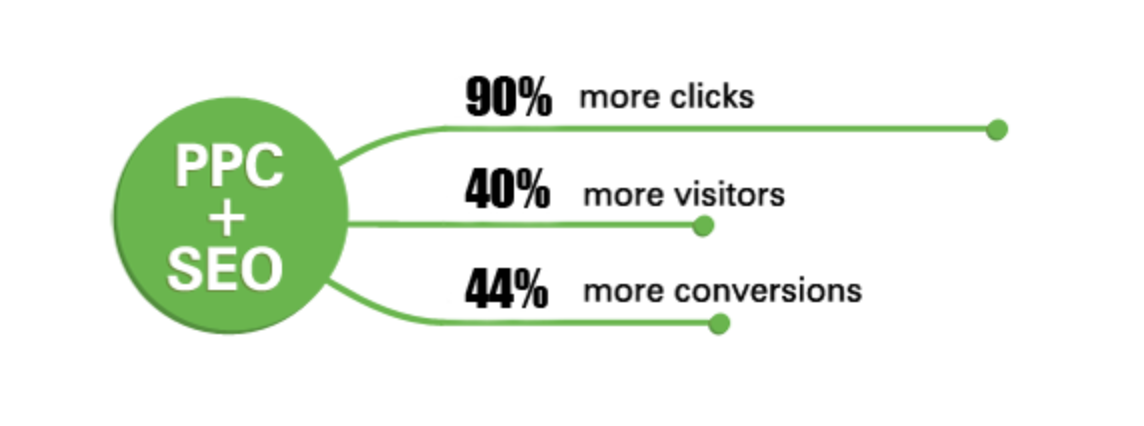
Source: Neil Patel
So far, few marketers are succeeding with this. The same survey indicates that 6 in 10 marketers suspect that their SEO and PPC strategies are not aligned for maximum overall return on investment.
From our experience, such misalignment comes as a direct result of the following:
- No single point of truth in reporting that leaves another team in the dark about common activities.
- Limited visibility due to over-reliance on one attribution model.
- Lack of collaboration and data exchanges among teams.
To start closing the gap between your SEO and PPC, you’ll have to proactively address those issues. Here are three steps you can take to do just that.
1. Unify your marketing data sources and reporting
Often, marketing subdivisions operate in an informational vacuum. They tend to focus on meeting the department KPIs and don’t always have sight of how their actions contribute to the overall business goals. Breaking this organisational silo is the first necessary step for alignment.
At Vertical Leap, we use our own software Apollo Insights that provides high-level insights on all key marketing activities (SEO, PPC, social media campaigns, etc.). Any member of any team can log-in and review all the available data, accumulated from different sources, and make their decisions based on it.
If you are not ready to invest in new tech, Martin Reed from Croud, shared how they organise a monthly learning deck with two teams (SEO and PPC) present to achieve a stronger data alignment. Such sessions help explain the common goals, review metrics from different departments, and address any issues the teams have.
As well as this, make sure that both teams collect, review and analyse data from the following reports:
2. Develop a custom data-driven attribution model
Better attribution enables more informed decision-making, especially when it comes to budget distribution. A lot of marketers, however, still favour the last click attribution model above others. While it does offer quick and simple reporting, this model provides no visibility into assisted conversions – additional marketing channels that played a major role in the process – whose value you should not underestimate.
Google recently shared its findings on how modern customer journeys unroll. Their conclusion – even the simplest customer journeys (such as shopping for sweets) stretch across multiple touchpoints.
An average makeup shopper will run at least five long-tail keyword searches, then hop on social media, and afterwards run 30+ more searches both via mobile and desktop before deciding to buy from a certain brand.
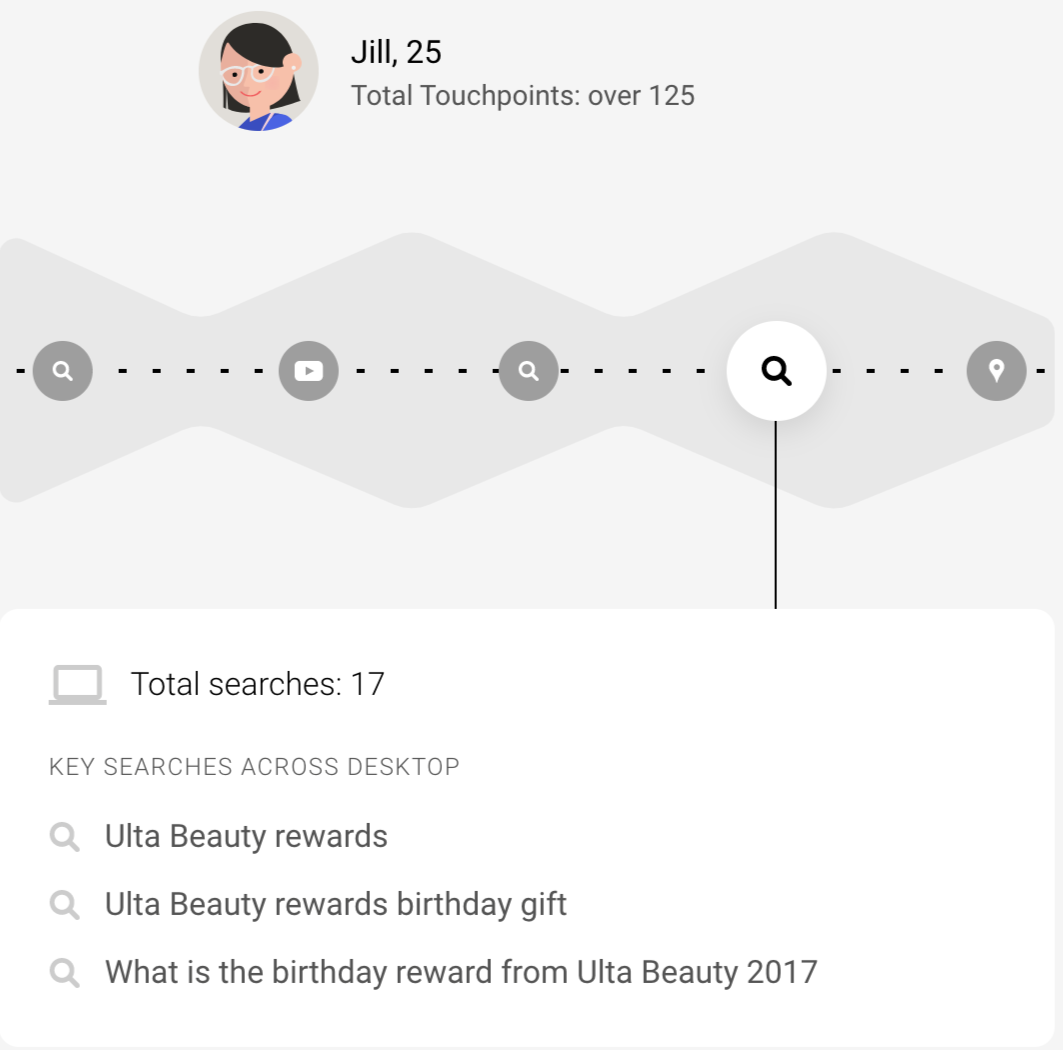
Source: Google
Perhaps Jill will even click a retargeting ad and convert via paid search, once she’s done with her research. But if you only rely on last-click attribution, you’ll never know which other marketing channels helped trigger her purchase decision.
An effective way to capture those insights is custom data-driven attribution modelling. Such advanced models can help you understand all the steps your prospects took on their journey towards you and help estimate the role of assisted conversions.
3. Leverage PPC to find better ranking opportunities
Being the top one in search results no longer means that your website receives an avalanche of traffic. Now you have to rub elbows not just with sponsored results, but featured snippets and other Google-owned properties. As of June 2019, 50% of all search queries result in zero clicks, thanks to Google’s ongoing attempts to provide users with immediate answers in search results.
Here’s a quick example showing SERP results for a keyword that can look SEO-promising ‘on paper’:
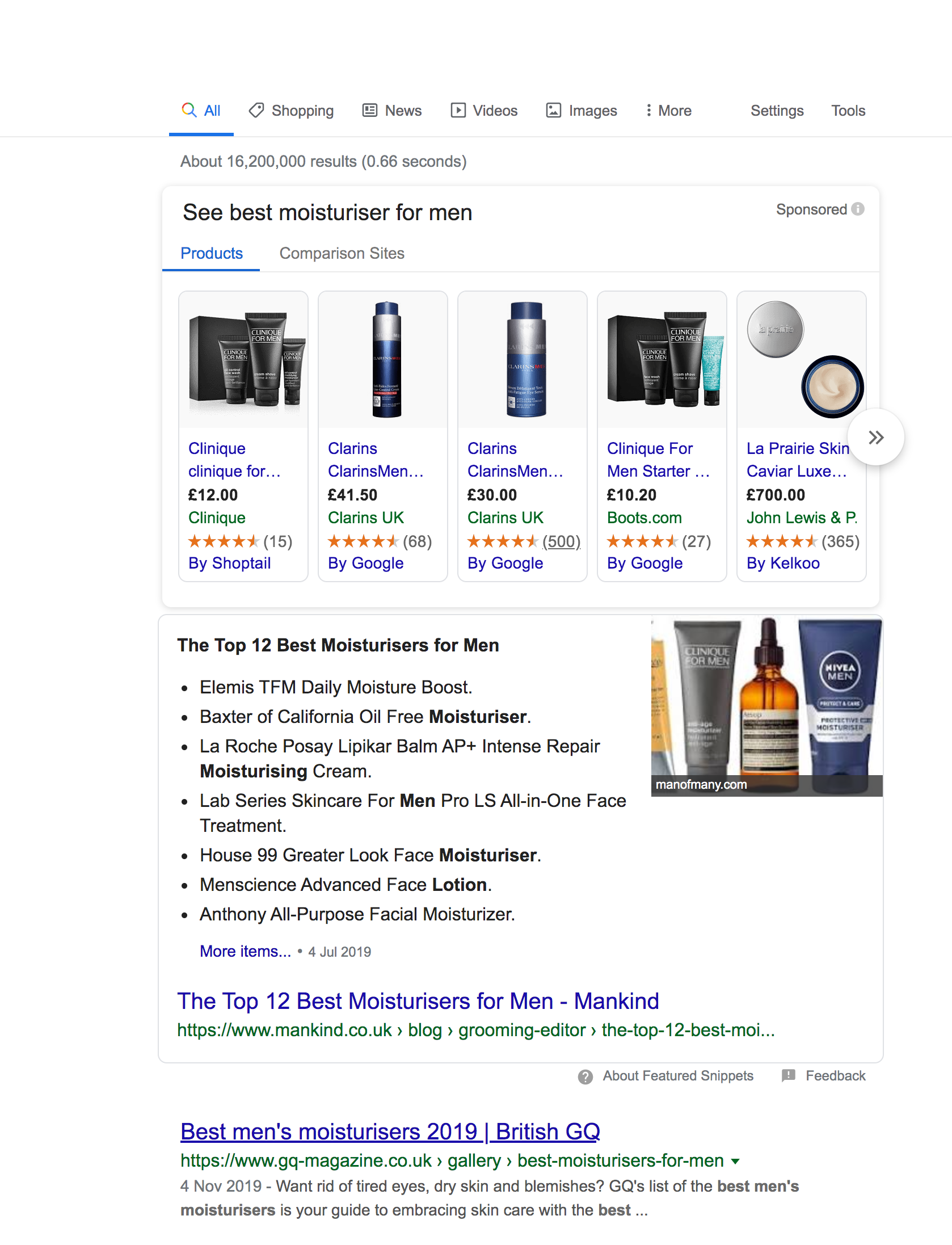
In this example, the majority of search results are occupied by Google Shopping Ads and Google snippets, cannibalising a fair share of clicks from the first truly organic result (which wasn’t even featured in the snippet).
Firstly, by running Google Shopping campaigns, you can reveal a wealth of insight into top products and search terms which drive their visibility. Google Shopping is not based on traditionally targeting keywords, instead Google matches keyword search intent to a product in your Shopping feed.
PPC managers can dig into this data and share insights with SEO teams regarding which products are most visible and importantly which terms are triggering product listings. This informs both SEO and PPC teams which product pages play an important role in generating revenue and which generate most site visits.
Secondly, a key approach is to determine which PPC keywords are driving high or profitable ROI – those need to be fully exploited across both PPC and SEO channels to maximise visibility. On the flip side, some keywords are likely to drive lower ROI, perhaps because they have high CPCs and are therefore expensive themes. These can be factored into SEO objectives in a longer term strategy to help boost visibility naturally.
As a next step, you can also leverage PPC search campaigns to further benchmark CTRs for different keyword groups, and attempt to attribute them to a certain stage in a buyer’s journey. For instance, keywords with high CTR and low conversion rates can be incorporated into your mid-funnel content marketing campaigns, and you can attempt to rank for them organically.
At the end of the day, both SEO and PPC heavily rely on finding good keywords to target. By encouraging your teams to share their experiments, findings and results, everyone will become better at meeting targets and pursuing the best opportunities within their reach.
Digital & Social Articles on Business 2 Community
(66)
Report Post